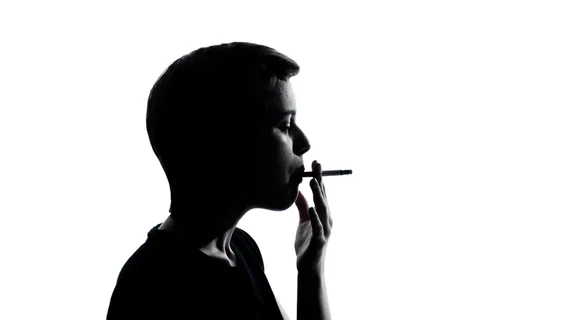Report names Alaska No. 1 in protecting kids from tobacco
A report issued Dec. 14 by the Campaign for Tobacco-Free Kids, American Heart Association and Truth Initiative, among other public health groups, ranked Alaska No. 1 in the nation for funding programs that protect high-school aged kids against tobacco use and help current smokers quit.
The report highlights 20-year outcomes of the 1998 Tobacco Master Settlement Agreement, which requires big tobacco companies to fork over $200 billion to U.S. states over time as compensation for tobacco-related healthcare costs. Alaska will collect $83.2 million in revenue this year from the settlement, but just 11 percent will go toward tobacco prevention or cessation programs.
That number may seem low, but only two states in the union—Alaska and California—provide even 70 percent of the funding recommended by the CDC for tobacco prevention programs. According to the report, Alaska is still spending $9.1 million this year on preventive programs, or 89.4 percent of the CDC’s recommendation, though that effort is somewhat hindered by the $18.9 million tobacco companies are funneling into marketing in the state.
“Alaska has made tremendous progress in reducing smoking thanks, in large part, to its well-funded and sustained tobacco prevention program,” Matthew L. Myers, president of the Campaign for Tobacco-Free Kids, said in a release. “But Alaska’s leaders cannot let their guard down as tobacco is still the number-one cause of preventable death and e-cigarettes threaten to addict another generation.”
Alaska cut its high school smoking rate by 43 percent between 2003 and 2017, settling at a 10.9 percent rate last year. Still, with the popularity of Juul and other tobacco brands geared toward younger audiences, 15.7 percent of high schoolers admit they smoke e-cigarettes.
West Virginia, Connecticut and Tennessee tied for last in the report, each contributing zero dollars to tobacco prevention or cessation programs in 2018. Myers called West Virginia’s stance on the subject “deeply irresponsible” and suggested the state “steps up its efforts” to reduce high school smoking rates, which are 14.4 percent for cigarettes and 14.3 percent for e-cigarettes. The CDC recommends West Virginia spends $27.4 million a year to mitigate the burden of tobacco-related health expenses, which cost the state $1 billion annually.
In all, the CDC endorses states spending a total $3.3 billion on tobacco prevention programs each year. Though states will collect $27.3 billion this year from the 1998 settlement, they’ll spend just 2.4 percent of it ($655 million) on preventive programs.
“Tobacco companies spend $9.5 billion a year—$1 million every hour—to market their deadly and addictive products,” the report stated. “This means tobacco companies spend $14 to market their products for every $1 the states spend to reduce tobacco use.”
Find the full report here.

